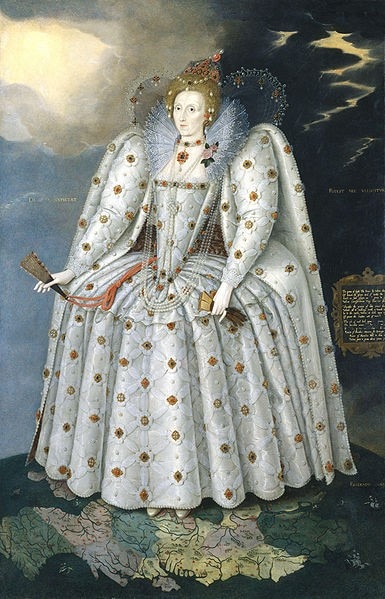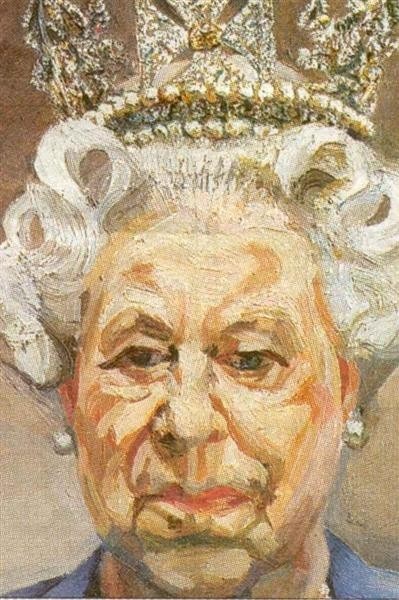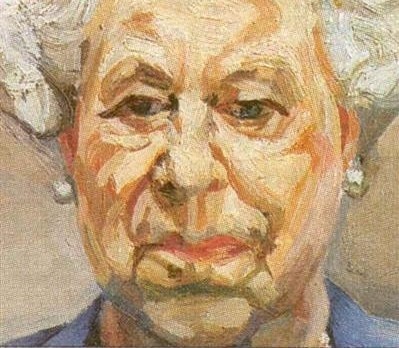The UK has a new king after 70 years. The whole British population screamed out “God Save The King” on 6th May during King Charles III’s coronation. Elizabeth II’s kingdom went through scandals, divorces, arguments, divisions, wars, economic depressions, many ministers succeeded, becoming the longest reign in world history. Charles III’s Kingdom has yet to be written, whereas we well know what his predecessors did, as well as differences and analogies between Elizabeth I and Elizabeth II.
I belong to my people, but not as Elizabeth I intended. I did not choose to be queen, I know what is expected of me, I will keep my commitments.
Elizabeth Alexandra Mary, Elizabeth II of England
Both were princesses, and they were not supposed to become queens. Elizabeth I was Henry VIII and his second wife Anne Boleyn’s daughter; Elizabeth II was Duke of York’s daughter, who became King in 1935 under the name of George VI, after his brother King Edward had abdicated.
They are the most enduring Queens in history. They shared the same name, but not the same stories, families, and policies.
So much has been written, talked, and expressed over Queen Elizabeth I, who is an extraordinary female figure, with an astonishing personal life. Called the Virgin Queen, Elizabeth was always portrayed wearing sumptuous clothes and with a strongly fair skin. In Marcus Gheeraerts’s painting, The Ditchley Portrait – on display at the National Gallery in London – the Queen appears majestic and strong, mistress of her Kingdom. It is filled with symbols, such as the blue sphere under her feet, representing power and wisdom. She is portrayed at Ditchley in Oxfordshire, probably the same place where the piece was painted.

Elizabeth’s dress modifies her proportions: stiff, wide, almost colossal, white to emphasise her pureness and virginity. The numerous pearls that decorate her neck, her chest, her dress, and her hairstyle, are turned into Marian symbols. She is an almost other-worldly figure, a goddess as well as a virgin; in fact, we have to remember that – according to various myths and legends – Elizabeth I was a descendant of the Dukes of Burgundy, a lineage to whom supernatural gifts were attributed, inherited from their progenitor, the aquatic divinity Melusine.
Behind her, a light pierces the leaden sky, another symbol referring to the divinity of the queen. A sonnet on the cartouche, which we can find on the right side of the work, emphasises, and confirms her divinity, while the Latin inscriptions behind her, to her right and left, say: “She gives and does not expect”; “She can but does not take revenge and in giving back she increases”. This is how Elizabeth I was depicted, as a symbol of magnificence, of imperial majesty, always young, always powerful. Controls and complicated requirements were soon introduced for portraits dedicated to the queen, therefore a proclamation dictated precise rules: artists could only copy officially approved portraits of the queen.
“I declare before you all that my whole life, whether it be long or short, shall be devoted to your service and to the service of our great imperial family to which we all belong”. On 21st April 1947, at the age of 21, Elizabeth, when she was not yet queen, made one of her most important speeches on the radio from South Africa, in which she stated that she wanted to serve her country, the first as Elizabeth II.
A young woman, so powerful, so well-known, had fascinated one of the greatest exponents of pop art: Andy Warhol. The American artist celebrated the West by using photography in a new way, merging it with the advertising image and turning it into art. Actors, stylists, celebrities of various kinds and titles were portrayed by Warhol and Queen Elizabeth was certainly not to be missed for the purpose of his artistic mission. In 1985, the pop artist began his largest and most ambitious portfolio of silkscreens entitled Reigning Queens. Four monarchs: Elizabeth II, Queen Margrethe of Denmark, Beatrix of the Netherlands, and Queen Ntombi of the African state of Swaziland. For the Queen of England, he based his prints on the official photograph taken by Peter Grugeon at Windsor Castle on 2nd April 1975 and published for the Silver Jubilee in 1977. Warhol makes her explicit, makes her colourful, distant, and unreal, but at the same time simple as she is almost transformed into a comic strip, into a contemporary heroine. The artist himself had pronounced: “I want to be as famous as the Queen of England”.

“No portrait of The Queen has divided opinion quite as strongly as this small, expressive oil painting,” suggests the website of the Royal Collection where one of the most controversial portraits of Elizabeth II – a work by Lucian Freud – is shielded and exhibited. The portrait has an expressive and introspective force, a vivid psychoanalysis of strong impact. Only the face is represented, but great space is given to her crown, which seems almost a physical extension of the character. The colour, the material, and the use of the paintbrush give the work a strongly provocative, almost courageous connotation, turning pain into an imperturbable, long-lived pose. It was the queen herself who commissioned Freud her portrait, agreeing to pose with the diamond crown; she already knew in some way how her portrait would be, and this suggests that it was wanted, sought, and even desired.
The two queens interpreted the monarchy as a mission, an undertaking not only political, but cultural and social. Both are portrayed as symbols of continuity and reassurance, two ‘Elizabethan’ periods that were, to say the least, far-sighted, empathetic, but above powerful.
Two celebrated women, entrepreneurs in their own way, who marked history between international enterprises and personal stories beyond the stereotypes of other rulers.


